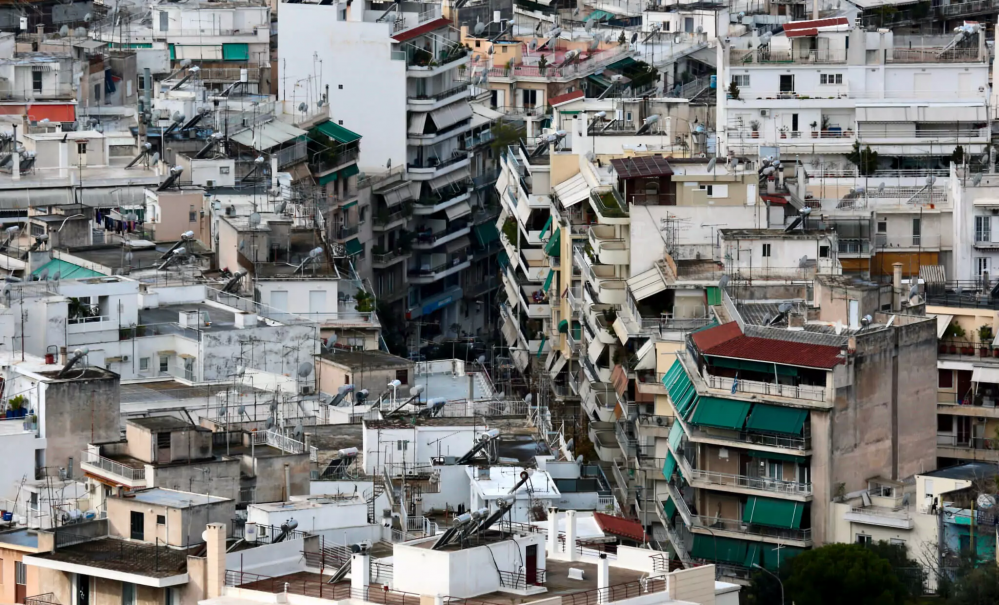Across the EU, the housing sector is in crisis. There is clearly a growing number of people requiring housing but there are too few houses being built. It is a simple equation that ought to be straightforward to resolve. After all, there are around 7.6 million people working in the construction industry in the EU (4% of all EU employment) and even though 435,000 construction jobs were lost as a result of lockdown, this remains a considerable productive force. And yet, in 2022, across the EU, some 900,000 people were homeless on any given night.
While some countries are gearing up to automate aspects of the construction sector, it seems that it will still be a labour-intensive business for some time to come – and it is one that is clearly underperforming. This is not, predominantly, a workforce issue. There are many factors affecting this inability to build sufficient homes, including:
- immigration, as population pressures push the quantity of housing needed ever upwards
- materials prices and labour availability as inflation and skills shortages impact the industry
- planning legislation that impose restrictions on building work
- demographics, as family homes give way to single-person apartments. The EU claims that, across the EU, the “trend is towards households consisting of persons living alone, single parents and couples without children”
- the overall performance of the economy
This report, however, sets out to explore the impact of lesser-acknowledged factors – sustainability policy and environmental restraint that are having an impact on housing provision and the output of the construction industry more broadly. On a philosophical and policy level, environmentally restrictive practices and limits to the growth of material ambition are exacerbating the problem across Europe. The impact of carbon-reduction and energy-saving is adding start-up costs to housing that are hitting poorer countries hardest.
This report explores the influence of EU environmental initiatives on member states. Most importantly, it looks at some of the differential impacts on wealthier and more developed economies compared to a number of those in eastern and southern Europe.
